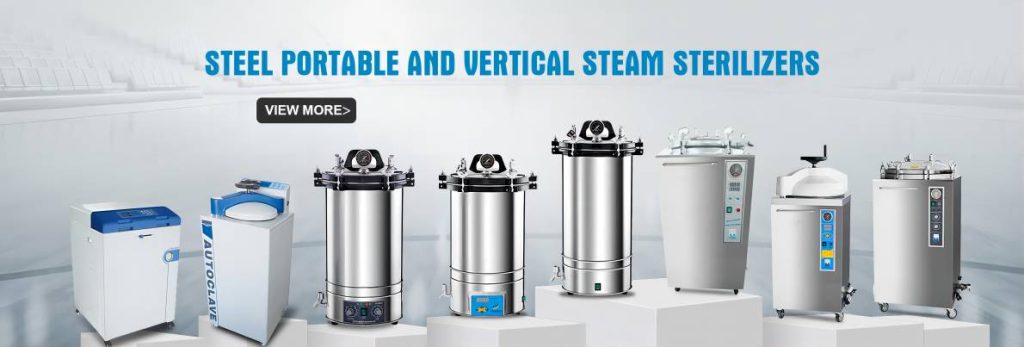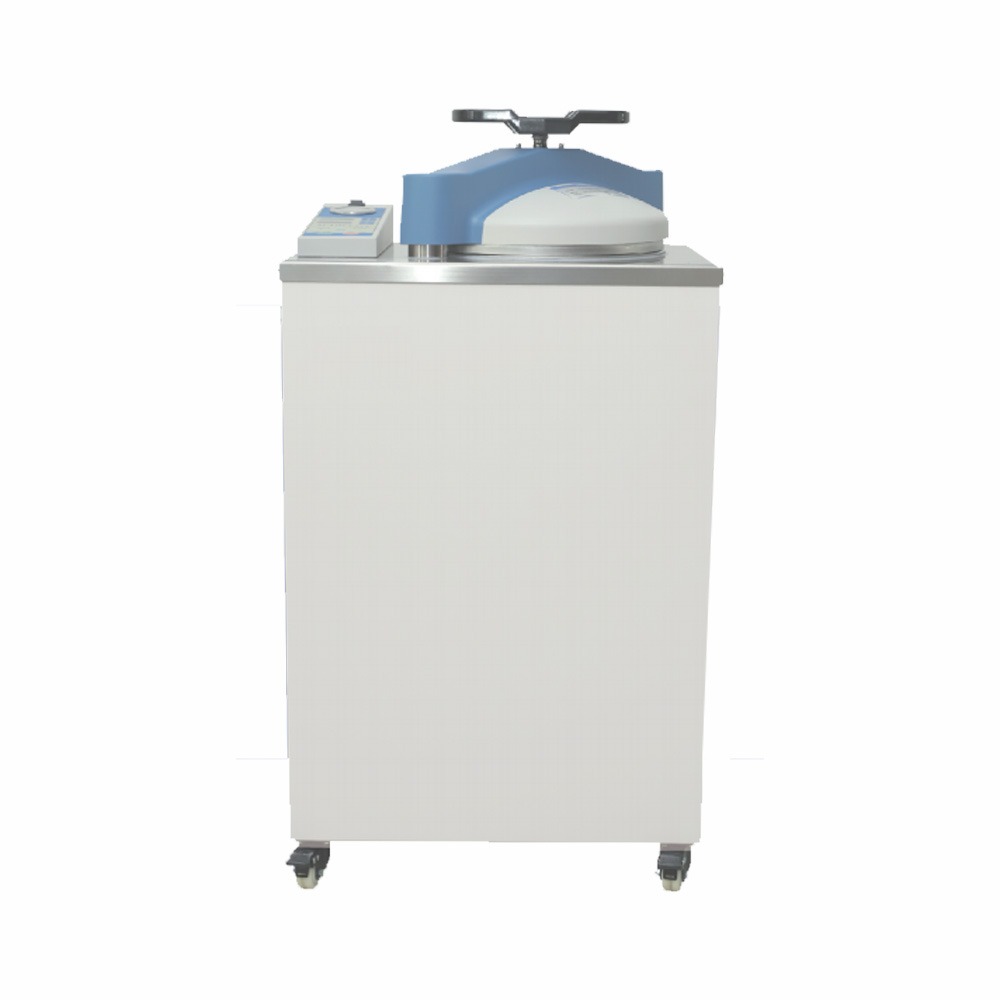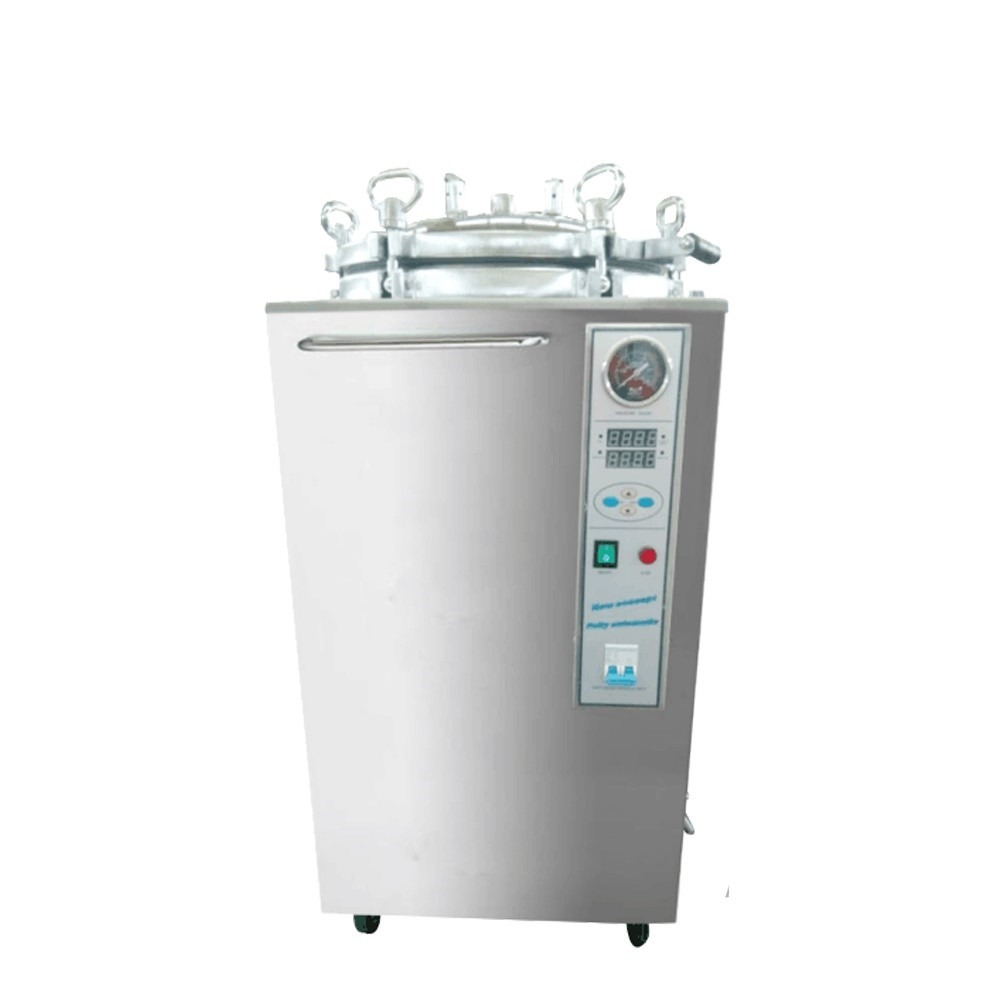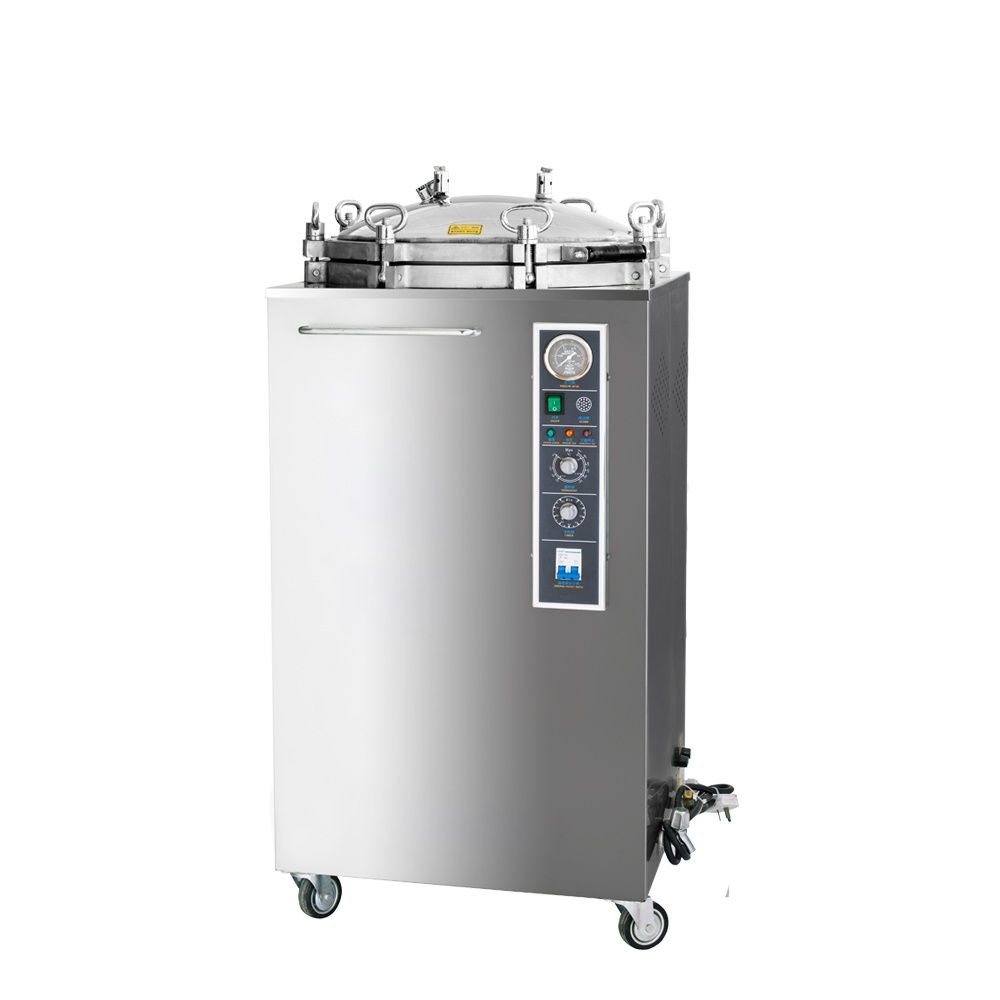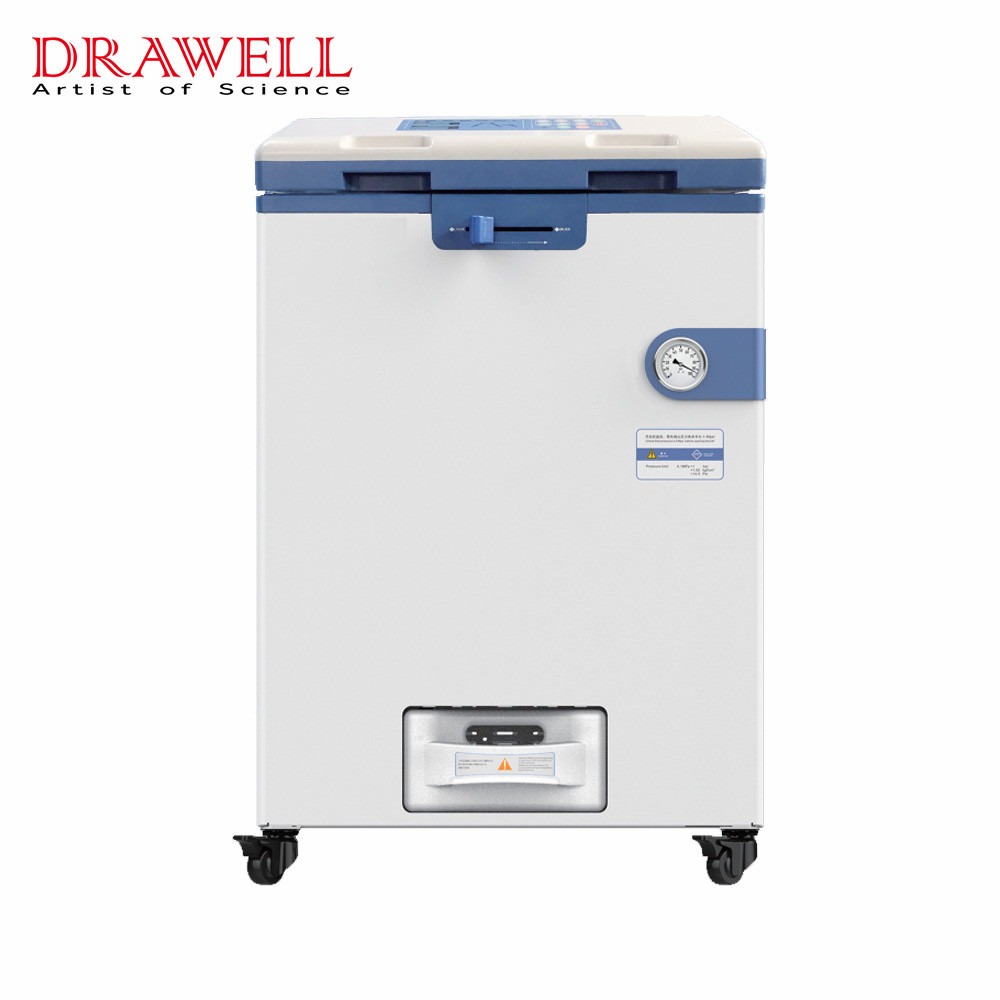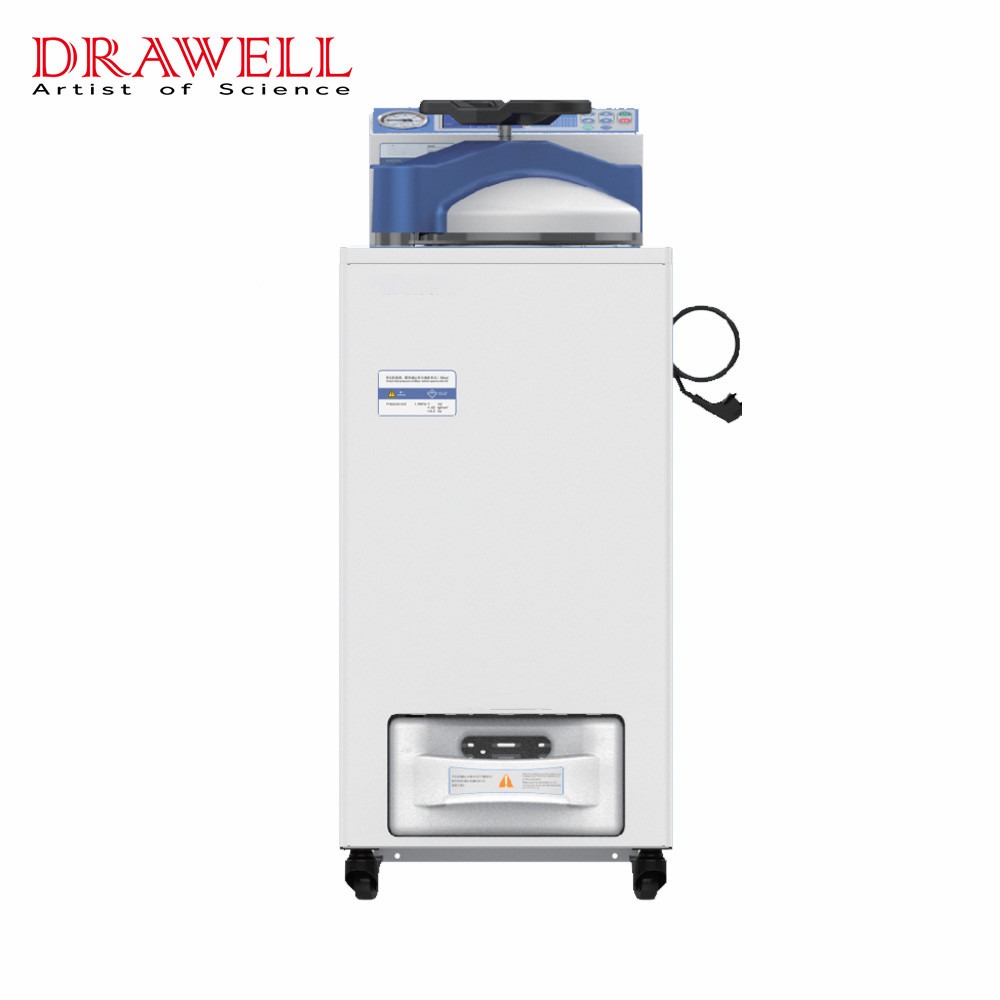Maintaining a sterile environment is critical in many industries to ensure the safety of products, processes, and people. The vertical pressure steam sterilizer is an essential tool that plays an important role in achieving this goal. This article delves into the vertical pressure steam sterilizer, its functionality, applications, and the significance of sterilization standards.
Understanding the Vertical Pressure Steam Sterilizer
A vertical pressure steam sterilizer, also known as an autoclave, is a device that uses high-temperature steam under pressure to kill bacteria, viruses, fungi, and other microorganisms on a variety of materials, instruments, and equipment. A cylindrical chamber with a heating element, a steam generator, and a precise control system comprise the device. The combination of high temperature and pressurized steam ensures thorough sterilization, making it a critical tool in a variety of settings.
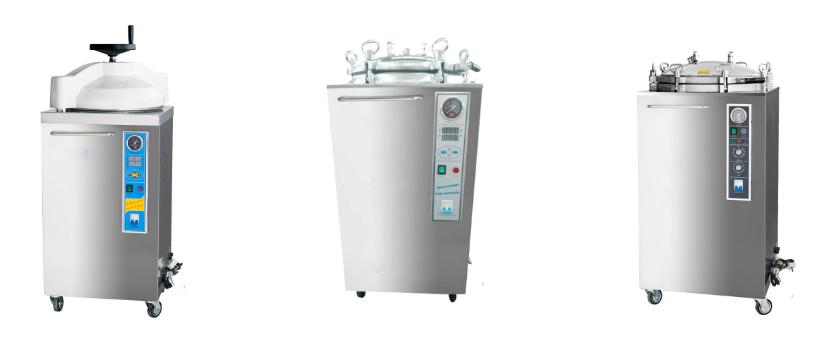
Key Components and Functionality of the Vertical Pressure Steam Sterilizer
To understand their functionality, it’s essential to explore their key components and how they work together to achieve effective sterilization.
Key Components of a Vertical Pressure Steam Sterilizer
Sterilization Chamber
The sterilization chamber is the autoclave’s beating heart. It is a sealed, cylindrical compartment where sterilized items are placed. This chamber is typically made of stainless steel, which is both durable and corrosion resistant.
The design of the chamber is critical for withstanding high pressure and temperature while maintaining a sterile environment and preventing contamination during the sterilization process.
Steam Generator
The steam generator is in charge of generating the high-temperature steam needed for sterilization. It is an independent component that produces steam and transports it to the sterilization chamber.
Impurities in the steam could jeopardize the sterilization process, so the quality of the steam generated is critical. As a result, the steam generator is meticulously maintained to ensure that the steam is pure.
Heating Element
The heating element, which is frequently powered by electricity, maintains and regulates the desired temperature within the sterilization chamber. This component ensures that the sterilization temperature is reached and maintained throughout the cycle.
Temperature control is critical to effective sterilization, so the heating element must be accurate and reliable.
Control System
The control system is a sophisticated component of the autoclave that oversees and regulates the sterilization process.
A digital control panel on a modern autoclave allows for precise adjustment of parameters such as temperature, pressure, and sterilization time.
The control system provides an interface for the operator to enter the required parameters and monitor the sterilization cycle’s progress.
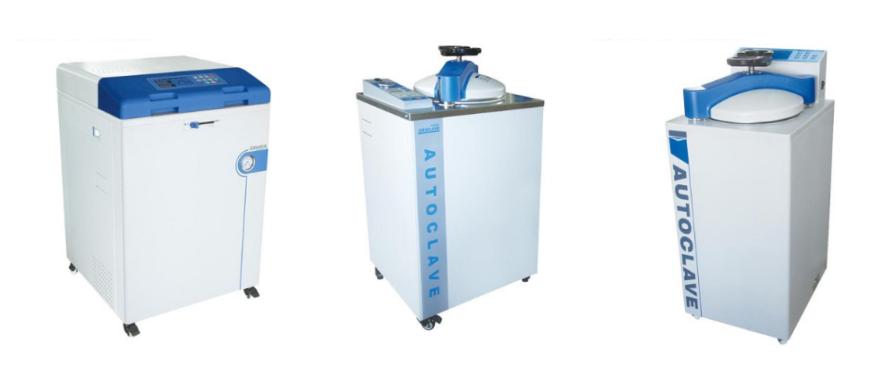
Functionality of a Vertical Pressure Steam Sterilizer
Loading: Items to be sterilized are placed in the sterilization chamber, ensuring that they are properly arranged to allow steam to penetrate all surfaces.
Seal: The chamber is sealed tightly to create an airtight environment, preventing any air from escaping or entering during the sterilization process.
Steam Generation: The steam generator begins producing high-temperature steam, which is then introduced into the chamber.
Temperature and Pressure Control: The heating element maintains the chamber’s temperature at the desired level, while the control system ensures that the chamber is pressurized appropriately. Typically, autoclaves operate at temperatures around 121-134°C (250-273°F) and pressures of about 15-30 psi.
Sterilization Cycle: The sterilization cycle is started by the control system, and the chamber is kept at the specified temperature and pressure for a predetermined period of time. This combination of heat and pressure kills microorganisms such as bacteria, viruses, and spores.
Cooling and Venting: After the sterilization cycle is complete, the autoclave typically goes through a cooling phase to lower the temperature gradually. Once the chamber is safe to open, the autoclave vents any residual steam to avoid sudden depressurization.
Applications of the Vertical Pressure Steam Sterilizer
The vertical steam sterilizer autoclave has wide application, applied in healthcare settings, laboratories, pharmaceutical manufacturing, and even the food industry to effectively eliminate harmful microorganisms.
Healthcare Facilities
Vertical pressure steam sterilizers are used in hospitals, clinics, and dental offices to sterilize medical instruments, surgical equipment, and laboratory glassware, ensuring the safety of patients and healthcare professionals.
Laboratories
Research and diagnostic laboratories rely on vertical steam autoclaves to sterilize equipment, preventing cross-contamination and ensuring reliable research results.
Pharmaceutical Industry
The pharmaceutical sector uses vertical pressure steam sterilizers to sterilize containers, equipment, and production environments, meeting strict quality control standards.
Food Industry
Food processing plants utilize autoclaves to sterilize containers and packaging materials, preventing spoilage and ensuring the safety of food products.
Research and Development
Scientific research and development facilities rely on autoclaves to maintain sterile conditions for experiments, cultures, and testing processes.
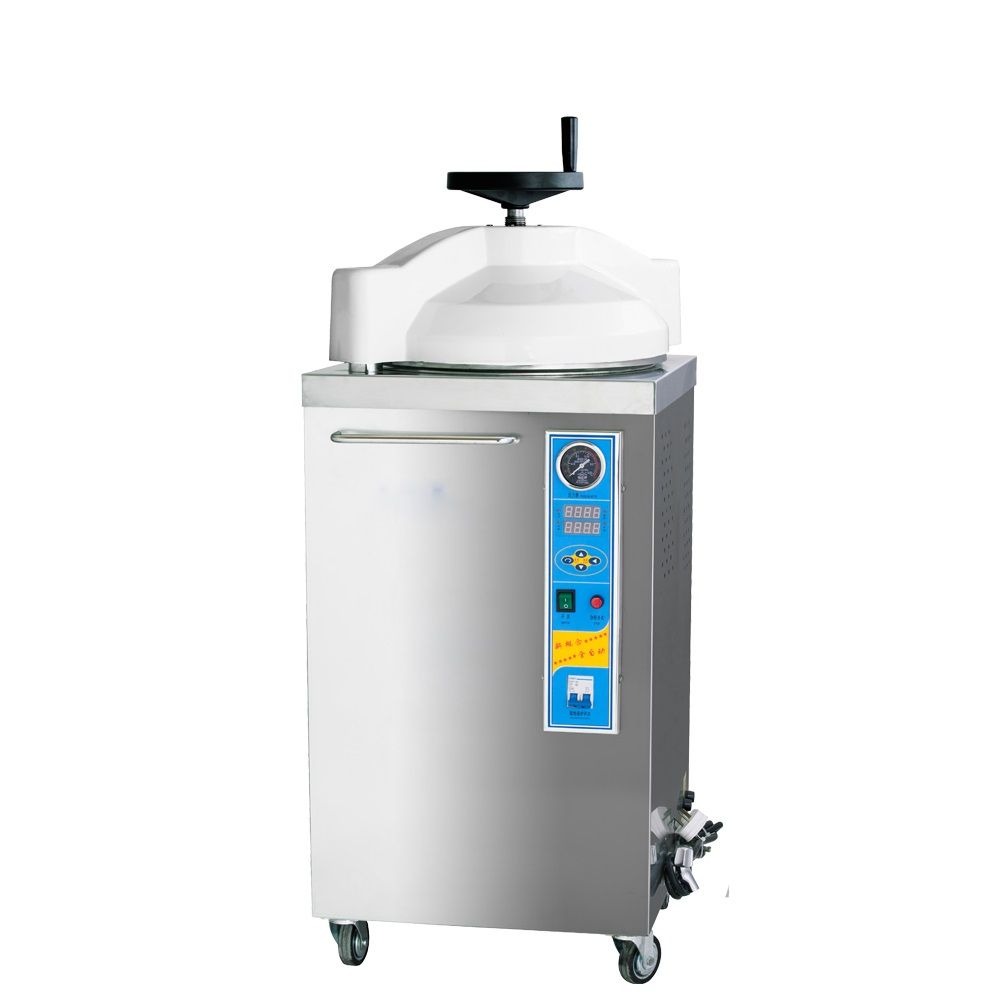
Importance of Maintaining Sterilization Standards for the Vertical Pressure Steam Sterilizer
Infection Control
The proper use of vertical pressure steam sterilizers in healthcare settings is critical for preventing infection transmission and maintaining patient safety.
Laboratory Integrity
Sterile conditions are essential for reliable laboratory results, and the use of autoclaves ensures the integrity of experiments and tests.
Product Quality
In the pharmaceutical and food industries, maintaining sterilization standards is vital to preserving product quality and consumer safety.
Regulatory Compliance
Many industries require compliance with industry and regulatory standards. Failure to meet these standards can have serious ramifications, including product recalls and legal liabilities.
Summary
Vertical pressure steam sterilizers, also known as autoclaves, are invaluable tools in a variety of industries where sterility is critical. Vertical autoclaves can effectively eliminate microorganisms using high-temperature, high-pressure steam ensuring safety, quality, and regulatory compliance. Whether in healthcare, research, pharmaceuticals, or food production, the vertical pressure steam sterilizer is a critical component of maintaining sterile environments and protecting people’s health as well as the integrity of products and processes.

